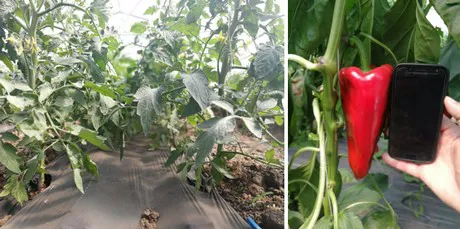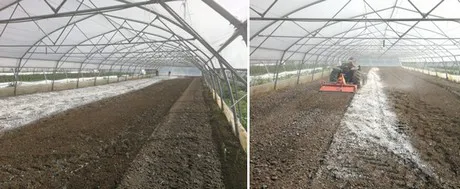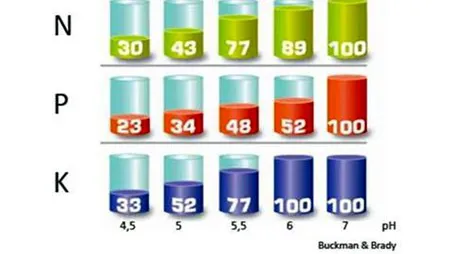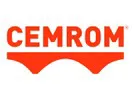Every grower knows the importance of the structure of the soil that affects fertility and therefore the final productivity. The more granular the structure of the soil the easier it is for the water to infiltrate and remain between the soil aggregates keeping the particles of water inside and reducing the loss through evaporation. CEMROM company supplies Doloflor and Agrocalcium, products that manage soil structure and pH levels.
Victor Stoian, regional director within the group explains: "A well-structured soil is a must for every crop whether we talk about corn, soybean in the open field or flowers or vegetables in greenhouses. Another reason why we prefer a well-structured soil is the efficiency of ploughing that helps to cut the costs by reducing the consumption of fuel and the ware of machinery."
Working on the pH. solutions to increase the soil pH Agrocalcium/Doloflor applied on crops and plants, beside the mentioned benefits in structuring the soil, also helped the nutritional process, by unblocking the necessary nutrients. We noticed a considerable difference in size and colour of the plants between the parcels where Agrocalcium/Doloflor was used, as a result of the better quantity and quality of nutrients produced by the plants.
Applying Doloflor in greenhouses for vegetables
Starting with three tons per hectare, which is the recommended dose for vegetables, as seen in the picture where the product was tested on crops as kapia pepper, tomatoes and bell pepper.

The product was applied only on half of the surface and was superficially incorporated on the surface of the soil, as demonstrated in the photo below.

After incorporating the product, three irrigation norms were chosen every three days - period of time necessary for Doloflor to get in contact with the soil and to bring the needed quantity of Calcium and Magnesium which in the end will influence in a significant way the end result, by making the plants more resistant and more productive.
Reducing waste
Within this structured type of soil the activity of microorganisms is more intense, which facilitates the faster decomposition of vegetable waste, resulting humus. We have witnessed a decrease in the quantity of humus in most agricultural lands in Romania, in the past 30 years: if in 1991 most of the fertile lands had around 9-10% humus, nowadays we started to consider as extraordinary to find lands with 3-4% humus.
Also, you can see below how much of the used fertilizer is lost, depending of the soil pH (Buckman&Brady):

Studying the graphic above we can see that for a pH 5 soil we pay 100 kg of Nitrogen, that we insert into the ground, from which only 43 kg are absorbed by our plants. The rest is either blocked, volatilised or ends up in the groundwater. So, in other words, we lose a significant amount of money.
With Phosphorus, the situation is worse. For a pH 5 soil, from 100 kg of active substance, plants only use 34 kg which translates again into wasted money.
So what is the ideal solution to obtain a granular structure?
If in the process of forming soil aggregates you enrich the clay and humus by adding Agrocalcium (a product obtained by limestone fine grinding, with calcium carbonate content higher of minimum 90%) and Doloflor (100% organic fertilizer, dolomite-based, Ecocert Certificate), we obtain durable elastic structural aggregates that after compaction regain their original form ("the sponge effect”).
Agrocalcium/Doloflor applied before sowing provides the perfect environment for growing and developing plants. The products transform the structure of the soil by making it looser and easy to prepare, it improves the microbial life of the soil, helps the water to easily flow. On a physical level helps obtaining a loose soil, which creates an anti-worm effect (Agriotes Spp), facilitates the emergence of the "sponge effect of the soil”, improves the efficiency of herbicides, reducing the waterlogging process, fights against soil exhaustion phenomenon, decreases the consumption of fuel and the ware of machinery.
This was found to be a solution for the present problems of the soil like: excessive compaction, destruction of the structure, waterlogging, imbalance between the amount of water and air in the soil, low microbial activity, the unblock of Nitrogen, Phosphorus and Potassium, the blocking of Aluminum, Manganese and heavy metals.
For more information: 
CEMROM
Victor Stoian
vstoian@neptun-gears.ro
www.ingrasamintebio.ro
